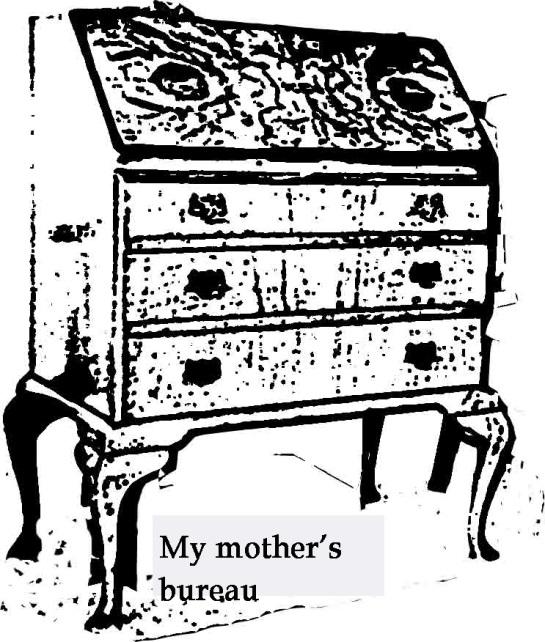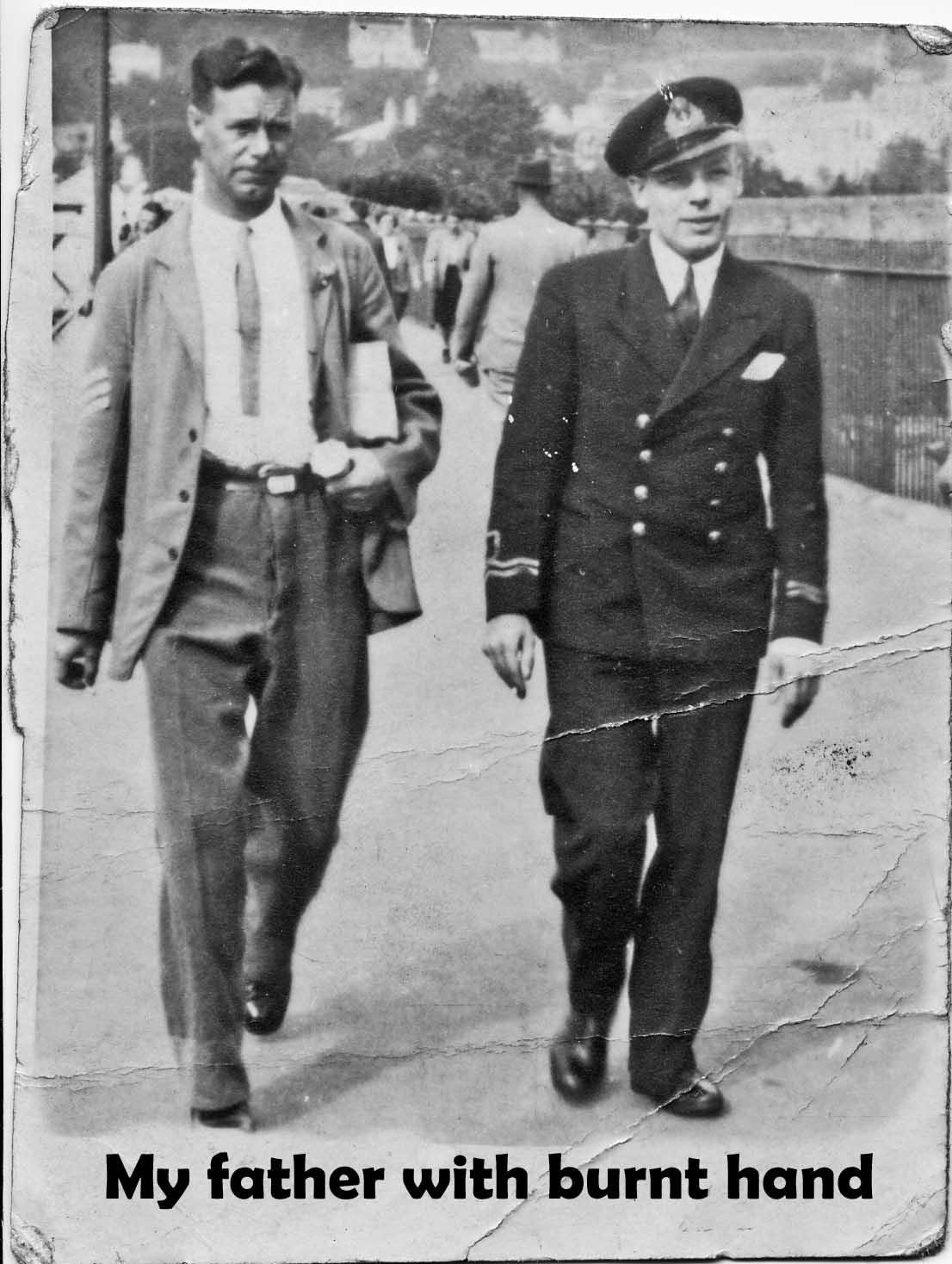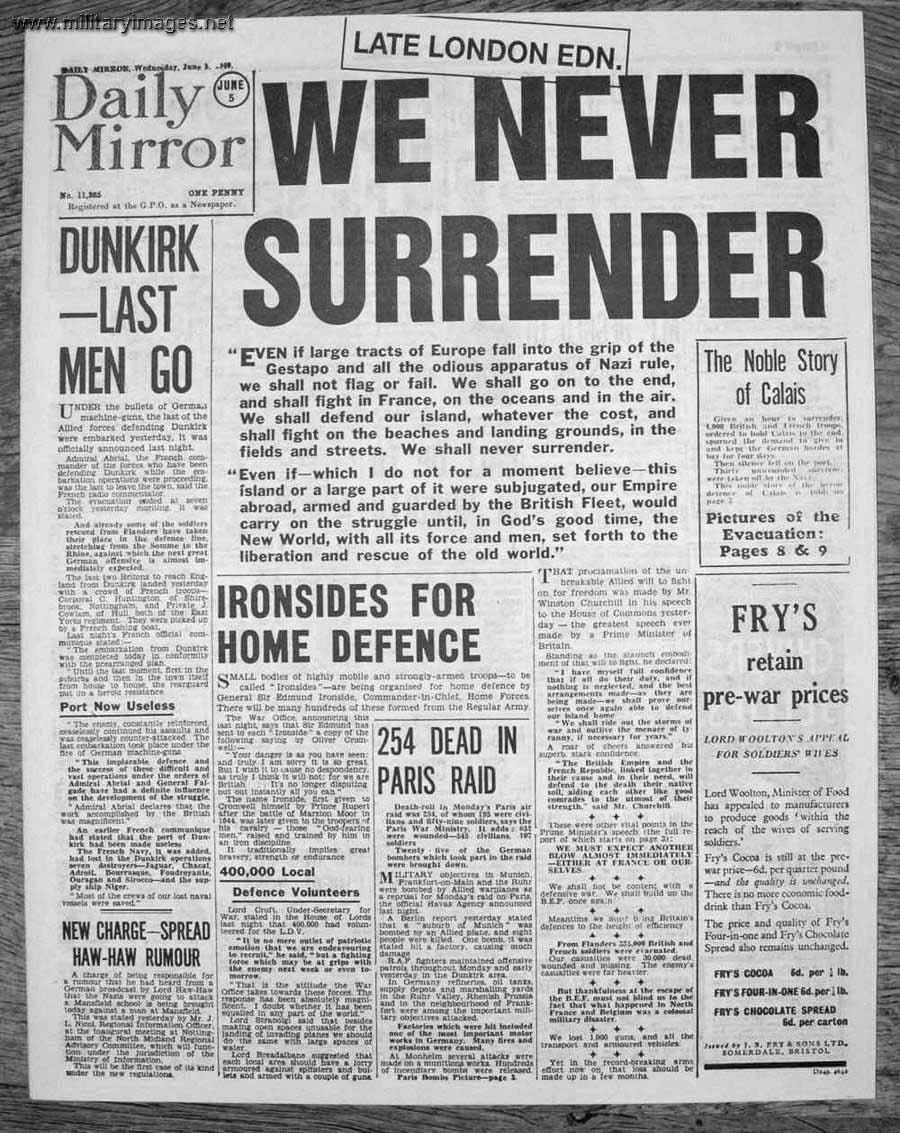As mentioned in the “Boyhood Recollections”26 post “Family Relics“, my mother liked to surround herself with familiar things. Although we moved houses every few years, she always filled the house with familiar objects. A good example is our various pieces of furniture, gee-gaws, pictures, and so on. She would rather refurbish her old furniture than buy new. A more significant example is her forbidden bureau.
The Ritual of the Dining Table and Chairs
The dining table and six chairs had a ritual significance. This was where we congregated to eat breakfasts and dinners. It had a ritual significance in that this was where she was the ‘boss’; she was the cook and the one who decided how one should behave at the table.
It was quite an impressive table and chairs; perhaps this was something that my father had ‘acquired’. I think it was constructed in a colonial hardwood tree like mahogany – and not cheap Ikea pine.
However, the chairs were quite fragile. We were just kids and would lean back on the chairs balancing on the two back legs and straining the joints. After all, joint glue ages and ceases to function. “Dae nae lean back oan yer chair!” (Don’t lean back on your chair!) was something the poor woman had to utter hundreds of times throughout my upbringing.
To sum up, when my mother was living at 6 Fitzjohn Close, Merrow Park, Guildford, instead of buying a new table and chairs, she had the table French varnished and the chairs re-glued at considerable expense. They were much more expensive than some new ‘cheap’ Ikea table and chairs in pine. This meant she was forever worried that we would put a hot teapot on the table without a mat and cause a ‘white mark’ ruining the French varnish.
Description of the Bureau
One of the pieces of furniture was a bureau that she had kept for at least 60 years. The bureau was always located in the sitting room of our Guildford house. It was placed next to the ‘Harry Potter’ under-stairs cupboard.
The bureau was a writing desk, although it was never used by us as such. It had a hinged writing flap that rested at a sloping angle when closed; and when opened, it revealed a tier of pigeonholes, small drawers, a small cubbyhole, and hidden recesses. The writing flap could be locked. The three drawers also had locks, but I don’t think my mother had any keys for the locks. The top flap, as mentioned, was hinged; it could be opened and rest on the top drawer if the drawer was pulled out; then, it would function as a writing table.
The ‘table’ was inlaid with ink-stained leather; someone must have at one time or another used it as a writing desk. However, I never saw anyone do this. Certain parts of the bureau were ‘off limits’ to us kids. In fact, the whole bureau was off limits except for the top drawer that contained odds and ends like pens, scissors, writing paper, envelopes, cello-tape, and so on. The other parts were ‘off limits’ to varying degrees. The top part was off limits. As mentioned, this part contained small recesses, cubby holes and drawers. This also contained various documents, some about 100 years old.
Looking inside the ‘forbidden’ bureau
The unoiled hinges of the bureau made a squeaking noise when opened. It. isthe kind of sound you can hear throughout the poorly insulated, jerry-built English house. If any of us kids opened the forbidden squeaky flap, my mother would ask us, “Whit dae ye think you’re daein?” In her younger days, she had the hearing of a bat. She would be alerted by the tiniest squeaking sound. Of course, like Bluebeard’s wife, I couldn’t resist doing something that was forbidden.
One might speculate that my mother was somewhat like Bluebeard, setting up rules to test if her children would obey or defy them. On this note, her bureau, like Bluebeard’s palace, had some secret ‘rooms’, or rather secret drawers. In the secret drawers were hidden secret ‘bloody’ documents or ‘forbidden knowledge’. These documents were stashed away in the forbidden middle or bottom drawers or in one of the bureau’s secret recesses behind the writing flap. They were hiding there like Bluebeard’s dead wives, spiked with secrets. And the disobedient sons, like Bluebeard’s disobedient and curious wives, could not resist trying to find the ‘bloody’ secrets.
I wrote a more elaboration explanation of the Bluebeard’s references on the post: Bluebeard’s Story
Searching through my mother’s bureau as an adult
I used to visit my mother around the turn of the millennium when she was in her late seventies and eighties. Although I was no longer a little boy, I still held a childlike fascination for her bureau, the forbidden depository of secrets! My mother usually went to bed early in the evening, whereas I have always been an insomniac. It is physically impossible for me to sleep before midnight and usually at 3 or 4 a.m. or later. With the grey dawning of a new day, like Dracula, I would retire to my coffin (bed).
Thus, late in the evenings and early mornings, I was bored with watching reruns on the TV or old films on her video player because I had nothing to do. In other words, the lure of ‘the bureau’ would be irresistible, with the added excitement of, “Will she hear the creaking hinges”? Of course, this was pretty stupid, as my mother was no longer an alert fox pricking up her ears at the slightest sound. The under-the-stairs cupboard also held some ‘secret’ family documents, which I could explore.
Ironically, when she got older, I probably knew the contents of her bureau better than she did. Similarly, due to the rash promise I once made about writing the ‘family history,’ I surely knew more about our family than my parents. This knowledge is perhaps evident in my interpretation of my father’s CV above, where he often seems to have a dim memory of his past work experience. In this regard, I must say that my mother possessed an excellent memory. My only regret is that I did not talk to her more about ‘our family,’ but then many things only become significant when it is ‘too late.’
The Heist
The stupid thing was that I did this all ‘in secret.’ When my mother became ‘dotty,’ I decided to take all her ‘documents and photos’ back to Norway, as she would not miss them. This move would prevent one of my brothers, who has little regard for our family history, from throwing away all the ‘useless trash’ upon her passing. In fact, apart from my cousin Iain MacGillivray, few in my ‘family’ seem concerned with the family history.
To tell you the truth I don’t even like the idea of ‘family histories’ as the idea is often associated with reactionary social forces. But why should the reactionary social forces have a monopoly here? Alan Sillitoe and others have shown that it is not only the upper classes and bourgeoisie that have histories; for example, in his book, “Raw Material” (1972), he describes the various ‘stories’ of his family. But it was stupid on my part that I never got around to ask her what was the significance of the ‘ARMY FORM’. I discussed this in more detail on this separate post.
Despite the fact that she had become ‘dotty’, she had an excellent memory regarding old memories. She might not remember what she had done yesterday, but she had a sharp memory of what she had done fifty years or more before.27
26 Harkness, Ian. Boyhood Recollections. 2022. Eos Publishers, Oslo, Norway.
27 “Why–and how–does someone with Alzheimer’s remember old memories while new memories fade?” https://www.silverado.com/dementia-alzheimers/why-do-people-with-alzheimers-remember-old-memories/




One Reply to “My Mother’s Forbidden Bureau”